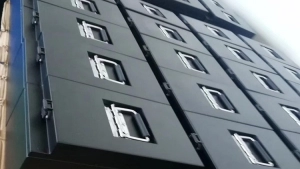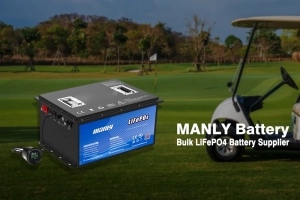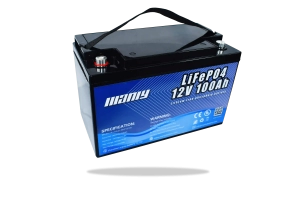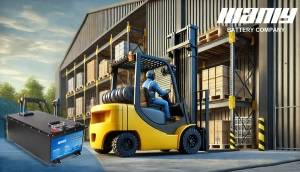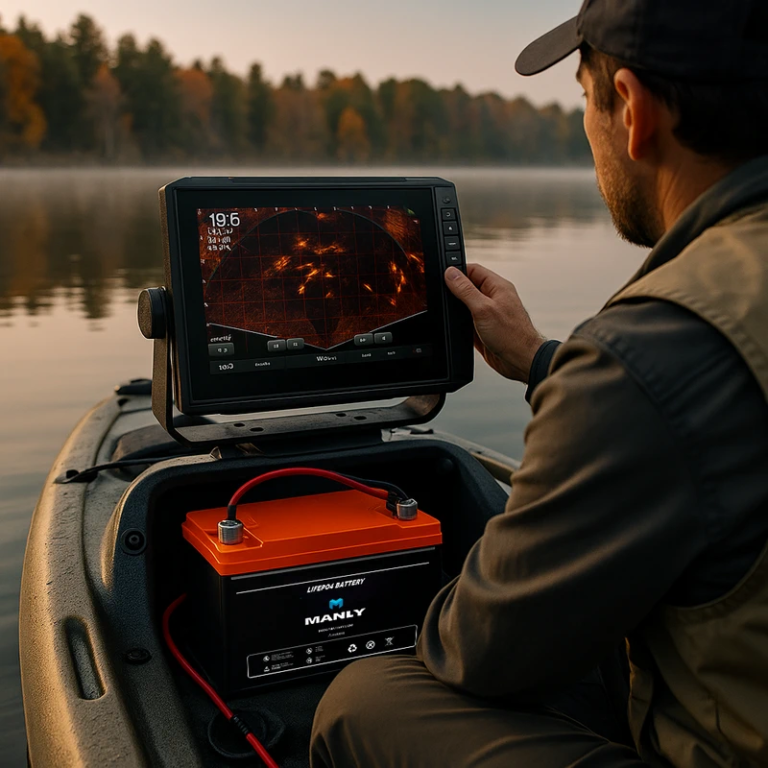Batterie à décharge profonde ou batterie de démarrage : laquelle vous convient le mieux ?
Table des matières
- Batterie à décharge profonde ou batterie de démarrage : laquelle vous convient le mieux ?
- Deep Cycle vs Starting Battery: Key Differences
- Deep Cycle vs Starting Battery: Applications
- Démarrage d'applications de batterie dans les environnements automobiles et marins
- Intégration de batteries au lithium dans les applications à cycle profond et de démarrage
- Deep Cycle vs Starting Battery: Choosing the Right Battery Brand for Your Needs
- Conclusion
- En savoir plus sur la batterie
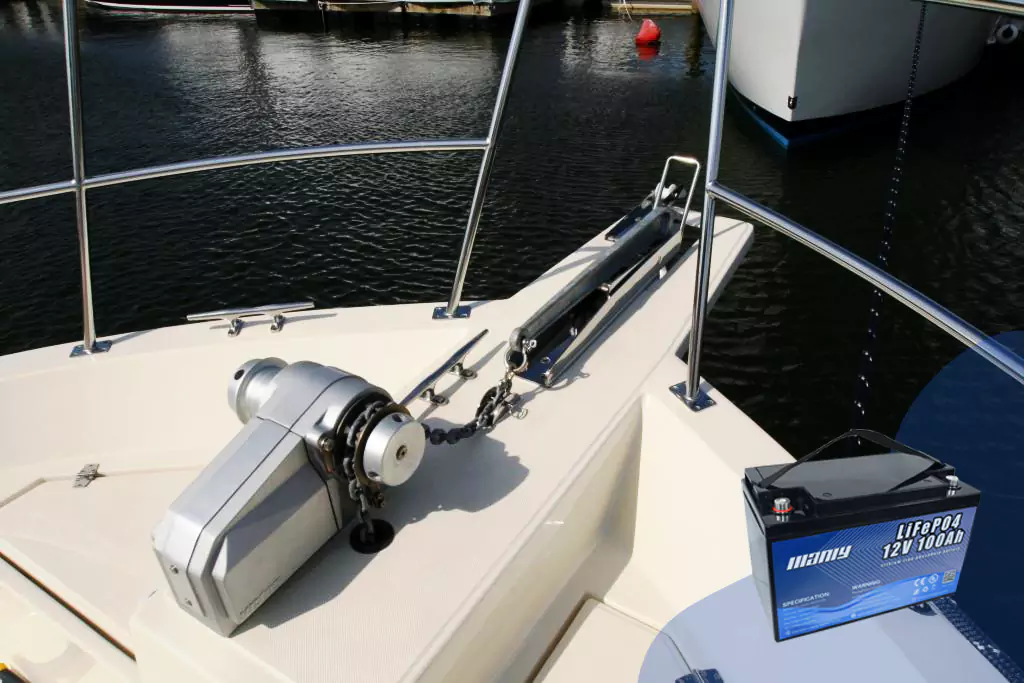
Deep Cycle vs Starting Battery: Key Differences
Définitions
What is a Deep Cycle Battery? A deep cycle battery is built to last. It can handle being used up to 80% of its total power capacity many times over. This kind of battery has thicker, solid lead plates, which means it doesn't offer quick bursts of power like some other batteries, but it's great for long-term use.What is a Starting Battery? On the other hand, a starting battery gives a quick and powerful energy boost to start engines. It's made with thinner, more porous lead plates. This structure provides a large surface area that helps produce a lot of power very quickly but only uses a small percentage of its capacity each time it’s used to start an engine.Différences clés
Conception de plaqueLa différence fondamentale de construction entre ces deux types de batteries réside dans la conception de leurs plaques. Les batteries à décharge profonde ont des plaques moins nombreuses et plus épaisses permettant une puissance de sortie soutenue sur de longues périodes, ce qui les rend idéales pour une utilisation continue. En revanche, les batteries de démarrage comportent de nombreuses plaques minces qui sont optimales pour les impulsions courtes et de grande puissance nécessaires au démarrage d'un moteur.Utilisation et durabilitéStarting batteries are perfect for cars because they need a lot of power for a short time to get the engine running. They aren't meant to be drained deeply; doing so can damage the battery quickly. Deep cycle batteries, however, can be drained and recharged many times over, which suits them for powering golf carts, solar systems, and boats where energy needs are spread out over longer periods.Puissance de sortie et capacitéUne batterie de démarrage peut sembler robuste car elle peut lancer un moteur en quelques secondes, mais sa véritable puissance se manifeste par de courtes impulsions. Les batteries à décharge profonde fournissent moins d’énergie immédiate mais maintiennent leur production sur des périodes beaucoup plus longues, ce qui en fait l’épine dorsale des systèmes nécessitant un approvisionnement constant en énergie.Différences de durée de vieWhen it comes to lifespan, life of deep cycle battery generally last longer because they are designed to be run down and charged up many times. A typical starting battery can handle only shallow discharges before its performance begins to degrade.By understanding these fundamental differences between deep cycle and starting batteries, users can make more informed choices about which battery type best fits their needs, whether for daily vehicle starts or for energy-intensive projects requiring long, reliable battery use.Deep Cycle vs Starting Battery: Applications
Applications appropriées
Deep cycle batteries are specifically designed for long-term energy usage, making them perfect for several applications where consistent power is crucial. These include powering trolling motors on fishing boats, providing energy for RVs during long trips, and serving as reliable power sources in off-grid solar systems. Additionally, these batteries are essential in marine settings, where they power essential equipment like navigational systems and onboard appliances.Avantages pour l'utilisation marine et en camping-car
In marine environments, deep cycle batteries are vital due to their ability to handle deep discharges repeatedly without significant capacity loss. This durability makes them ideal for sailboats and yachts, which often lack other power generation capabilities and require robust, reliable power for both safety and convenience. Batteries à décharge profonde are favored for their resistance to corrosion and their effectiveness in harsh marine conditions, providing dependable power when away from shore power sources.For recreational vehicles (RVs), deep cycle rv battery offer similar benefits. They power everything inside the RV, from lighting and heating to air conditioning and refrigeration systems. The ability to deep discharge allows RV owners to enjoy extended trips without worrying about frequent recharges, which is particularly beneficial in remote areas without access to external power sources.Batterie marine à décharge profonde pour le démarrage
While deep cycle batteries are generally not recommended for starting engines due to their lower burst power compared to starting batteries, there are exceptions. Some deep cycle marine batteries are designed to provide enough cranking power for starting boat engines in addition to powering other onboard equipment. However, this dual functionality can come with trade-offs:Avantages:- Polyvalence : une seule batterie peut gérer à la fois le démarrage du moteur et l’alimentation d’autres appareils.
- Économies d'espace et de poids : réduit le besoin de plusieurs batteries sur les petits bateaux.
- Efficacité de démarrage réduite : peut ne pas fournir la même puissance de démarrage qu'une batterie de démarrage dédiée, ce qui pourrait être crucial dans les situations d'urgence.
- Potentiel d'usure plus rapide : une utilisation régulière pour le démarrage et le cycle profond peut réduire la durée de vie globale de la batterie par rapport à son utilisation uniquement à des fins de cycle profond.
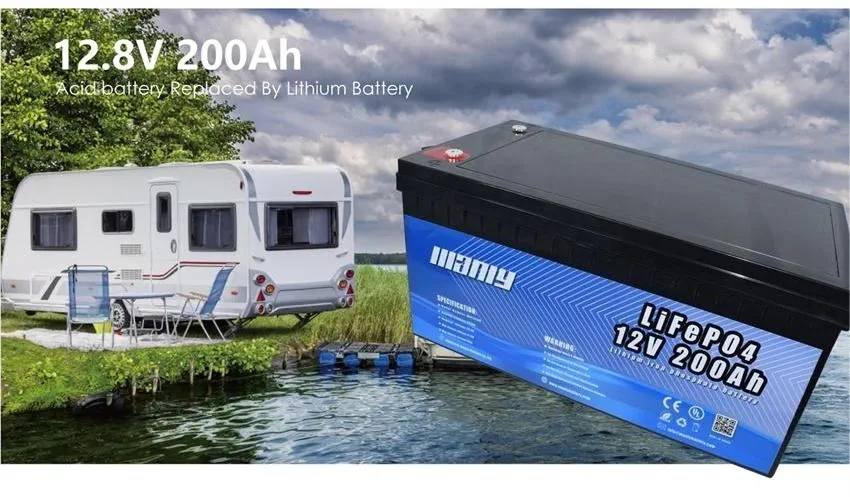
Démarrage d'applications de batterie dans les environnements automobiles et marins
Applications appropriées
Starting batteries are essential in the automotive industry, where they are used to kick-start the engine with a short, high-power burst of electricity. This type of battery is optimized to deliver a large amount of current rapidly to start engines in cars, motorcycles, trucks, and boats. Their design focuses on providing quick bursts of energy, perfect for the demands of starting an engine.Avantages automobiles
In automotive applications, the starting battery plays a critical role. It is specifically engineered to handle the high initial burst needed to start the engine, characterized by a high Cold Cranking Amps (CCA) rating. This rating indicates the battery's ability to start an engine in cold temperatures, a crucial feature for reliable performance in varying weather conditions.Once the vehicle's engine starts, the alternator kicks in to recharge the battery, ensuring that the battery is ready for the next start. Under typical conditions, a starting battery discharges only about 1-3% of its capacity with each start, which helps maintain its longevity and reliability. The design of these batteries ensures they seldom discharge beyond 20% of their total capacity, which is vital for avoiding damage and prolonging the battery’s life.Applications marines
In marine settings, starting batteries are just as crucial. Boats require robust batteries that can start engines reliably, often in challenging environmental conditions. These batteries provide the necessary power to crank marine engines, which is especially important when far from shore or in emergency situations.The benefits of using a starting battery in marine applications include:- Grande fiabilité: Garantit le démarrage du moteur même dans des conditions météorologiques défavorables.
- Livraison d'énergie rapide: Délivre l’énergie nécessaire au démarrage efficace des moteurs des bateaux.
- Durabilité: Construit pour résister aux rigueurs des environnements marins, qui impliquent souvent une exposition à l'humidité et à des températures extrêmes.

